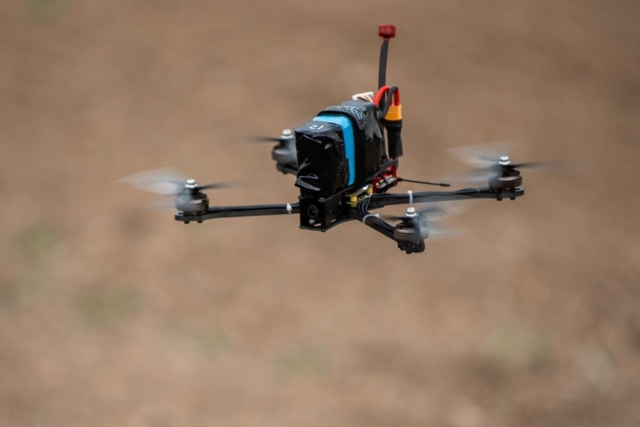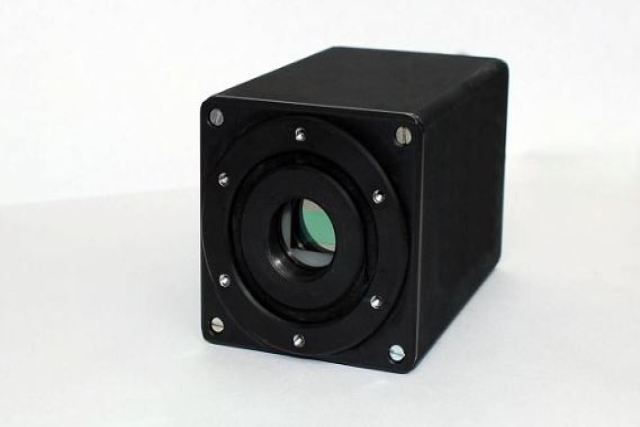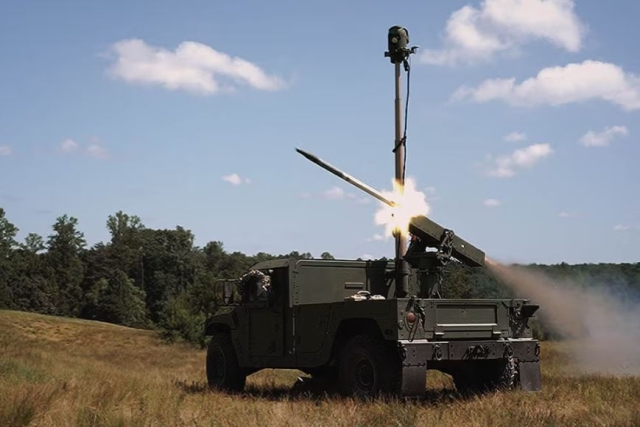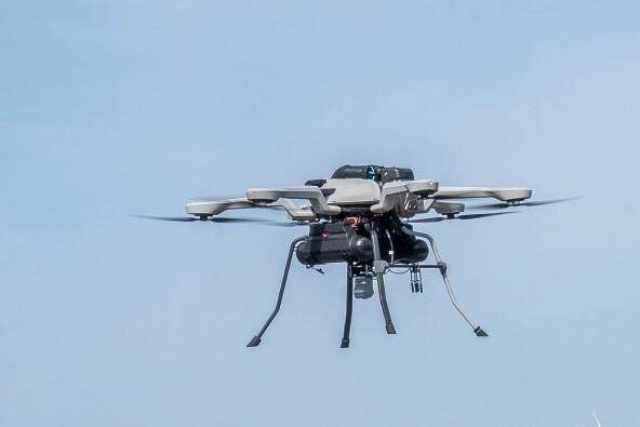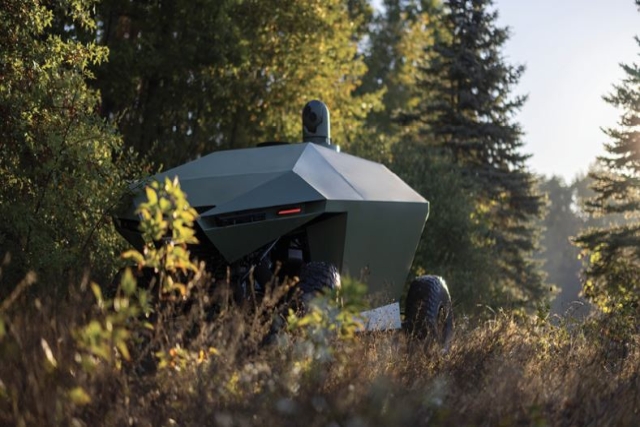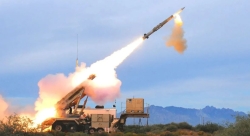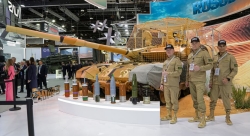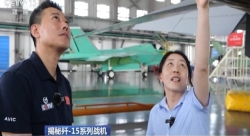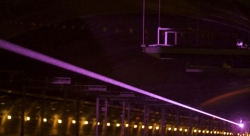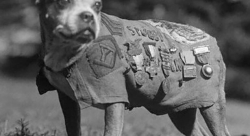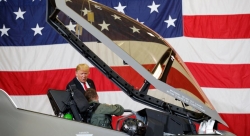Rostec Begins Testing ‘Friend or Foe’ System for Drones
New identifier aims to mark friendly UAVs up to 100 km away as Russia eyes expanded drone recognition capability

Russia’s Rostec State Corporation has started testing a new drone identification system that works on a “friend or foe” basis, automatically recognizing friendly unmanned aerial vehicles (UAVs) at distances up to 100 km and altitudes up to 5 km.
Developed by Rosel, a holding within Rostec, the system uses a lightweight onboard transponder—just 90 grams in weight—with low power consumption, enabling its integration into various drone types, including both civilian and special-purpose UAVs.
“The importance of creating a UAV identification system was recently emphasized by the President of Russia,” Rosel stated. “Our identifier has already passed electromagnetic compatibility tests with drone carrier systems, and flight tests are scheduled to begin in the summer of 2025.”
Initial testing is taking place on the Geodesy-401 drone by Geoscan, commonly used for aerial photography in urban and quarry environments. The system relies on Russia’s state identification infrastructure, similar to those found in aviation, to distinguish between friendly and unknown airborne equipment.
Production of a pilot batch is expected by the end of 2025, with plans to scale up manufacturing based on test results and potential deployment needs.
Rosel said the transponder system is aimed at improving airspace safety and situational awareness amid growing use of drones across sectors such as agriculture, mapping, and public safety.
